DIY pest control: the words might conjure images of complicated concoctions and hours spent battling bugs. But what if I told you keeping your garden thriving, vibrant, and pest-free could be simpler, cheaper, and even more rewarding than you ever imagined? For centuries, gardeners have relied on clever, natural methods to protect their precious plants, long before synthetic pesticides lined store shelves. Think of it as tapping into a rich history of horticultural wisdom, passed down through generations who understood the delicate balance of nature.
Let’s face it, nobody wants to see their hard work devoured by unwanted critters. From aphids sucking the life out of your roses to slugs turning your lettuce into lace, pests can quickly turn a dream garden into a frustrating nightmare. That’s where these DIY pest control tricks come in! I’m going to share some easy-to-implement, budget-friendly solutions that will help you reclaim your garden and enjoy the fruits (and vegetables!) of your labor. These aren’t just quick fixes; they’re sustainable practices that promote a healthier ecosystem in your backyard. Get ready to ditch the harsh chemicals and embrace a more natural, effective way to keep your garden flourishing!
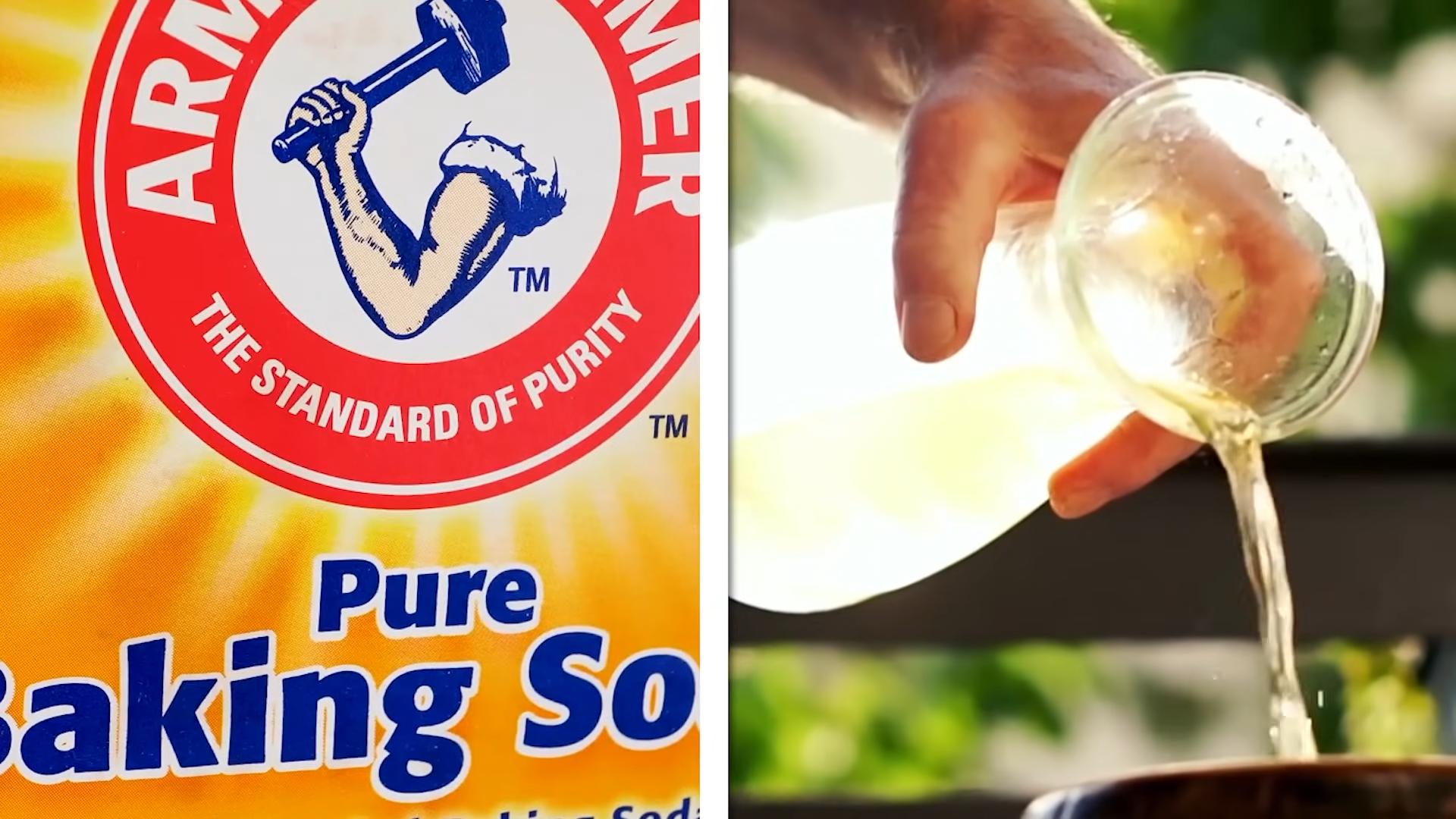
DIY Pest Control: Taking Back Your Home, Naturally!
Okay, let’s face it, nobody likes sharing their home with unwanted guests – especially the creepy-crawly kind! Store-bought pest control can be expensive and often packed with chemicals I’d rather not expose my family and pets to. So, I’ve spent years experimenting with natural and DIY pest control methods, and I’m excited to share my tried-and-true secrets with you. This guide will cover everything from identifying common pests to creating your own effective and safe solutions.
Identifying Your Unwanted Guests
Before you start mixing up concoctions, it’s crucial to know exactly what you’re dealing with. Different pests require different approaches. Here’s a quick rundown of some common household invaders:
* **Ants:** Tiny, industrious, and always on the hunt for food. You’ll often see them marching in a line.
* **Cockroaches:** Nocturnal creatures that prefer dark, damp places. Seeing one during the day usually means you have a larger infestation.
* **Spiders:** Most are harmless, but some can be venomous. They often build webs in corners and under furniture.
* **Mice:** Rodents that can cause damage to property and spread disease. Look for droppings, gnaw marks, and nesting materials.
* **Fruit Flies:** Drawn to ripe or rotting fruit and vegetables. They can multiply quickly.
* **Mosquitoes:** Annoying insects that bite and transmit diseases. They breed in standing water.
* **Fleas:** Tiny, jumping insects that feed on blood. Often brought in by pets.
Once you’ve identified your pest, you can tailor your DIY pest control strategy accordingly.
Section 1: Natural Repellents and Deterrents
This section focuses on preventing pests from entering your home in the first place. These methods are generally safe, easy to implement, and often smell great!
1. Essential Oil Power
Essential oils aren’t just for aromatherapy; they can also be powerful pest repellents. Many insects dislike strong scents.
**Step-by-step instructions:**
1. **Choose your oils:** Peppermint, eucalyptus, lavender, tea tree, citronella, and clove are all effective against various pests. Peppermint is great for repelling ants and spiders, while citronella is a classic mosquito deterrent.
2. **Dilute the oil:** Never apply essential oils directly to surfaces or skin. Mix 10-15 drops of your chosen essential oil with 1 cup of water in a spray bottle.
3. **Spray strategically:** Spray around doorways, windowsills, baseboards, and any other areas where you’ve seen pests. You can also spray directly onto ant trails.
4. **Refresh regularly:** The scent will fade over time, so reapply every few days or as needed.
5. **Cotton Ball Method:** Soak cotton balls in undiluted essential oil (peppermint for mice, for example) and place them in areas where pests are likely to enter, like under sinks or in closets. Replace the cotton balls every few weeks.
2. Vinegar Victory
Vinegar, especially white vinegar, is a versatile cleaner and a surprisingly effective pest repellent.
**Step-by-step instructions:**
1. **Mix your solution:** Combine equal parts white vinegar and water in a spray bottle.
2. **Spray away:** Spray around windows, doors, countertops, and any other areas where you’ve seen pests. Vinegar is particularly effective against ants.
3. **Wipe down surfaces:** Vinegar can also be used to clean countertops and floors, removing food odors that attract pests.
4. **Vinegar traps:** For fruit flies, pour a small amount of apple cider vinegar into a bowl and add a drop of dish soap. The soap breaks the surface tension, causing the flies to drown.
3. Diatomaceous Earth (DE): The Natural Insecticide
Diatomaceous earth is a powder made from fossilized algae. It’s harmless to humans and pets but deadly to insects with exoskeletons. Important: Use food-grade DE only!
**Step-by-step instructions:**
1. **Purchase food-grade DE:** This is crucial for safety.
2. **Sprinkle strategically:** Sprinkle a thin layer of DE around baseboards, under appliances, in cracks and crevices, and in your garden.
3. **Reapply as needed:** DE is most effective when dry, so reapply after rain or cleaning.
4. **Safety precautions:** Wear a mask when applying DE to avoid inhaling the dust.
4. Herbal Helpers
Certain herbs have natural pest-repelling properties.
**Step-by-step instructions:**
1. **Plant herbs:** Plant basil, mint, rosemary, lavender, and marigolds around your home to deter pests.
2. **Dried herbs:** Place dried herbs in sachets or bowls around your home.
3. **Herb-infused spray:** Boil water and steep herbs like rosemary or mint for 30 minutes. Strain the liquid and use it as a spray.
Section 2: DIY Pest Traps
Sometimes, repellents aren’t enough, and you need to take a more proactive approach. These DIY traps are simple to make and can be very effective.
1. Ant Bait Station
This trap uses borax, a natural mineral, to attract and kill ants.
**Step-by-step instructions:**
1. **Mix the bait:** Combine 1 tablespoon of borax, 1/4 cup of sugar, and 1/2 cup of warm water. The sugar attracts the ants, and the borax slowly poisons them.
2. **Soak cotton balls:** Soak cotton balls in the mixture.
3. **Place the bait station:** Place the cotton balls in a shallow container or jar lid near ant trails.
4. **Monitor and replenish:** Check the bait station regularly and replenish the cotton balls as needed.
5. **Patience is key:** It may take a few days for the ants to carry the bait back to their colony and eliminate the problem.
2. Roach Motel (DIY Version)
This trap uses a sticky surface to capture cockroaches.
**Step-by-step instructions:**
1. **Find a container:** Use a shallow container like a plastic lid or a small box.
2. **Apply sticky substance:** Coat the inside of the container with petroleum jelly or double-sided tape.
3. **Add bait:** Place a small amount of bait in the center of the container, such as bread crumbs, peanut butter, or sugar.
4. **Place the trap:** Place the trap in areas where you’ve seen cockroaches, such as under sinks or behind appliances.
5. **Check and replace:** Check the trap regularly and replace it when it’s full of cockroaches.
3. Fruit Fly Trap (Improved)
This is a variation on the vinegar trap, making it even more effective.
**Step-by-step instructions:**
1. **Get a jar or glass:** Use a small jar or glass.
2. **Add apple cider vinegar:** Pour about an inch of apple cider vinegar into the jar.
3. **Add dish soap:** Add a single drop of dish soap.
4. **Create a funnel:** Roll a piece of paper into a cone shape and tape it together. The narrow end should be small enough to fit inside the jar opening, but not touch the vinegar.
5. **Secure the funnel:** Place the funnel into the jar opening, wide end up.
6. **Wait and watch:** The fruit flies will be attracted to the vinegar, fly down the funnel, and be unable to escape. The soap breaks the surface tension, causing them to drown.
4. Mouse Trap (Humane Option)
If you prefer a humane approach, you can create a catch-and-release trap.
**Step-by-step instructions:**
1. **Find a container:** Use a tall bucket or a large trash can.
2. **Bait the trap:** Place a small amount of peanut butter or other bait at the bottom of the bucket.
3. **Create a ramp:** Lean a piece of wood or cardboard against the bucket to create a ramp for the mouse to climb.
4. **Check the trap regularly:** Check the trap daily and release any captured mice far away from your home.
5. **Consider relocation:** Release the mouse at least a mile away from your home to prevent it from returning.
Section 3: Prevention is Key!
The best pest control is prevention. By taking a few simple steps, you can significantly reduce the risk of infestation.
1. Seal Entry Points
Insects and rodents can enter your home through even the smallest cracks and crevices.
**Step-by-step instructions:**
1. **Inspect your home:** Check around windows, doors, pipes, and foundations for any cracks or holes.
2. **Seal the gaps:** Use caulk or sealant to fill any cracks or holes.
3. **Install weather stripping:** Install weather stripping around doors and windows to prevent pests from entering.
4. **Repair screens:**
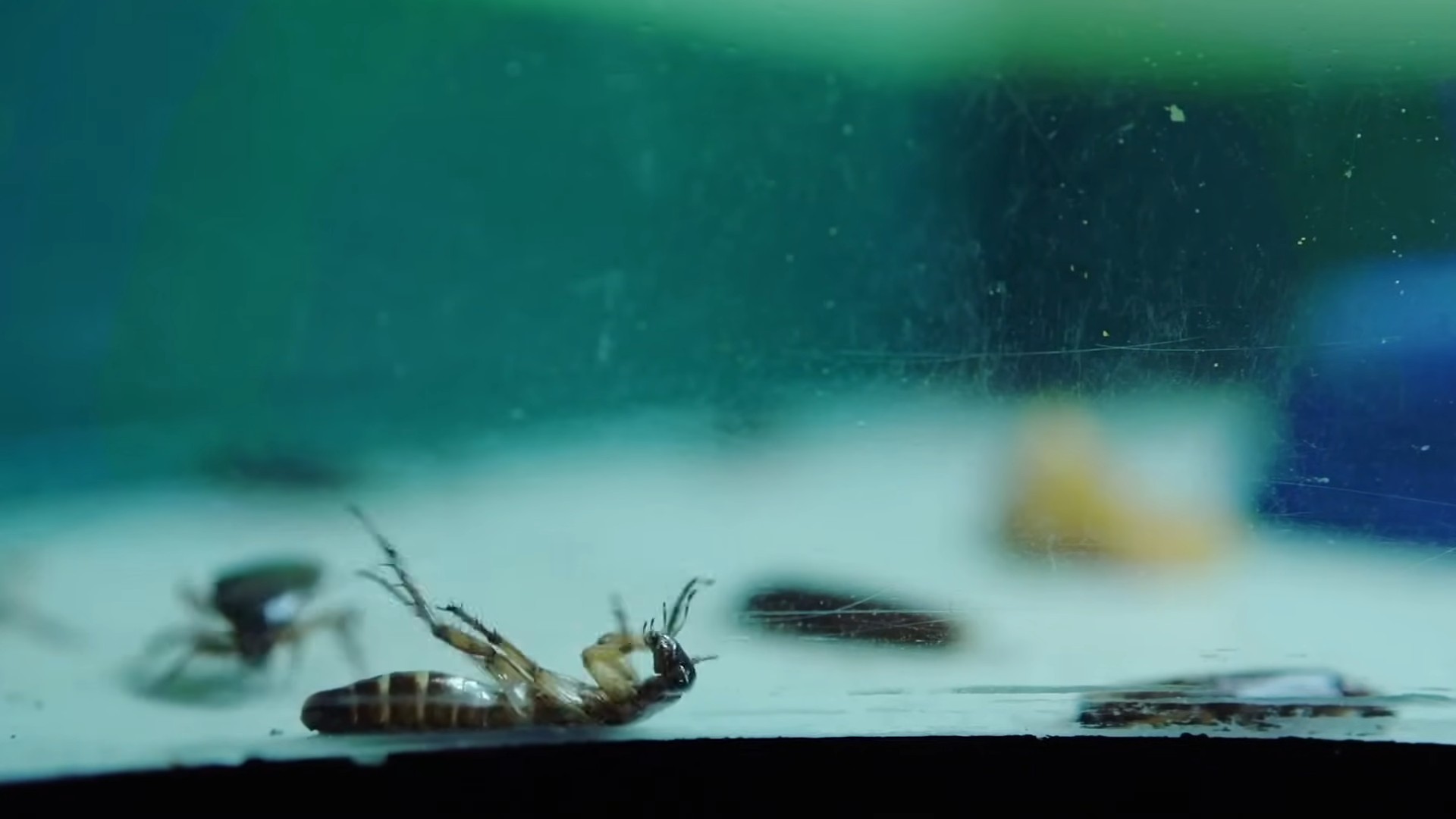
Conclusion
So, there you have it! This DIY pest control method isn’t just a quick fix; it’s a sustainable and cost-effective way to reclaim your home from unwanted guests. We’ve explored how simple ingredients, likely already in your pantry, can be transformed into powerful deterrents against common household pests. Forget about harsh chemicals and exorbitant exterminator fees. This approach empowers you to take control of your pest situation with natural solutions that are safer for your family, your pets, and the environment.
The beauty of this DIY pest control strategy lies in its adaptability. Feel free to experiment with different essential oil combinations to target specific pests. For instance, adding peppermint oil can be particularly effective against mice, while tea tree oil can help deter ants. You can also adjust the concentration of ingredients based on the severity of your infestation. Remember to always test a small, inconspicuous area first to ensure the solution doesn’t damage surfaces.
Beyond the basic spray, consider creating DIY pest control sachets filled with dried herbs like lavender, rosemary, and cloves. Place these sachets in drawers, closets, and other areas prone to pest activity. These sachets offer a long-lasting, subtle fragrance while continuously repelling insects. Another variation involves creating a barrier around your home’s perimeter using diatomaceous earth, a natural powder that’s harmless to humans and pets but deadly to insects.
This isn’t just about saving money; it’s about creating a healthier living environment. By opting for natural pest control methods, you’re reducing your exposure to potentially harmful chemicals that can linger in your home for weeks or even months. You’re also contributing to a more sustainable lifestyle by minimizing your reliance on commercially produced pesticides.
We understand that dealing with pests can be frustrating, but we firmly believe that this DIY approach offers a viable and effective solution. It’s a proactive step you can take to protect your home and family from the nuisance and potential health risks associated with pest infestations.
Don’t just take our word for it! We encourage you to try this DIY pest control method and see the results for yourself. We’re confident that you’ll be pleasantly surprised by its effectiveness and simplicity. Once you’ve given it a try, we’d love to hear about your experience. Share your tips, variations, and success stories in the comments below. Let’s build a community of DIY pest control enthusiasts who are committed to creating healthier and happier homes. Your feedback will not only help others but also contribute to refining and improving this natural pest control approach. Let’s work together to create pest-free havens, one DIY solution at a time!
Frequently Asked Questions (FAQ)
What types of pests does this DIY pest control method work on?
This DIY pest control method is most effective against common household pests such as ants, spiders, cockroaches, flies, and mosquitoes. While it can deter mice, more targeted strategies might be necessary for severe infestations. The effectiveness depends on the specific ingredients used and the severity of the pest problem. For example, using essential oils like peppermint and clove can be particularly effective against ants and spiders, while a mixture of vinegar and water can deter flies. Remember that this is primarily a deterrent, not an exterminator. For established infestations, you may need to combine this method with other strategies.
Is this DIY pest control method safe for pets and children?
Generally, yes, this DIY pest control method is safer than using commercial pesticides, which often contain harsh chemicals. However, it’s crucial to use caution and common sense. Essential oils, while natural, can be irritating or even toxic if ingested in large quantities. Keep the spray out of reach of children and pets. Avoid spraying directly onto pets or in areas where they frequently groom themselves. If you have pets that are particularly sensitive to smells, start with a diluted solution and monitor their reaction. Always supervise children when applying the spray and ensure they understand that it’s not for consumption. If you have any concerns about allergies or sensitivities, consult with your veterinarian or pediatrician before using this method.
How often should I apply the DIY pest control spray?
The frequency of application depends on the severity of the pest problem and the environmental conditions. For preventative measures, spraying once or twice a week is usually sufficient. If you’re dealing with an active infestation, you may need to spray daily for the first few days, then gradually reduce the frequency as the pest population decreases. Pay attention to areas where pests are commonly seen, such as entry points, cracks, and crevices. Reapply after cleaning or rain, as these can wash away the spray. Observe the effectiveness of the spray and adjust the frequency accordingly.
What are some alternative ingredients I can use in this DIY pest control spray?
The beauty of DIY pest control is its flexibility. If you don’t have all the recommended ingredients, you can experiment with alternatives. For example, instead of white vinegar, you can use apple cider vinegar. Instead of specific essential oils, you can try others known for their pest-repelling properties, such as lavender, eucalyptus, or citronella. You can also add a small amount of dish soap to the spray to help it adhere to surfaces. Some people also find that adding cayenne pepper or garlic to the mixture can be effective against certain pests. Remember to research the properties of each ingredient before using it and test a small area first to ensure it doesn’t damage surfaces.
How long does this DIY pest control method last?
The effectiveness of this DIY pest control method is not permanent. It acts as a deterrent, so its longevity depends on factors like the concentration of the spray, the type of pests, and the environmental conditions. Generally, the spray will remain effective for a few days to a week. Reapplication is necessary to maintain its pest-repelling properties. Sachets filled with dried herbs can last longer, typically for several weeks or even months, depending on the herbs used and the storage conditions. Regularly check and refresh the sachets as needed.
Can I use this DIY pest control method outdoors?
Yes, you can use this DIY pest control method outdoors, but its effectiveness may be reduced due to weather conditions. Rain and sunlight can dilute or degrade the spray, requiring more frequent applications. Focus on areas where pests are likely to congregate, such as around doors, windows, and patios. Consider using a more concentrated solution for outdoor applications. You can also create a barrier around your garden using diatomaceous earth to deter pests from entering. Be mindful of the impact on beneficial insects and avoid spraying directly on plants that attract pollinators.
What if this DIY pest control method doesn’t work?
While this DIY pest control method is effective for many people, it may not completely eliminate all pest problems, especially in cases of severe infestations. If you’ve tried this method consistently and haven’t seen significant improvement, you may need to consider other options. This could include consulting with a professional pest control service, using more targeted pest control products, or addressing underlying issues that are attracting pests to your home, such as food sources or moisture problems. Remember that pest control is often a multi-faceted approach, and combining different strategies may be necessary to achieve the desired results.


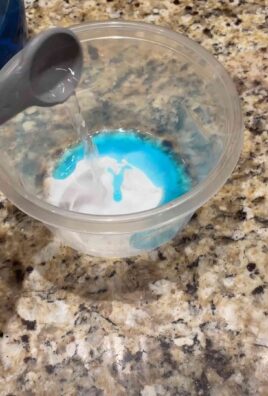
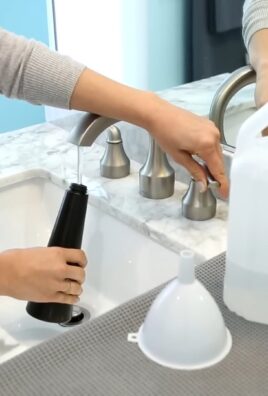
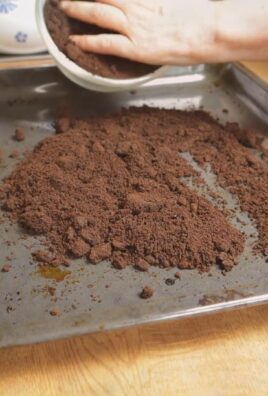
Leave a Comment